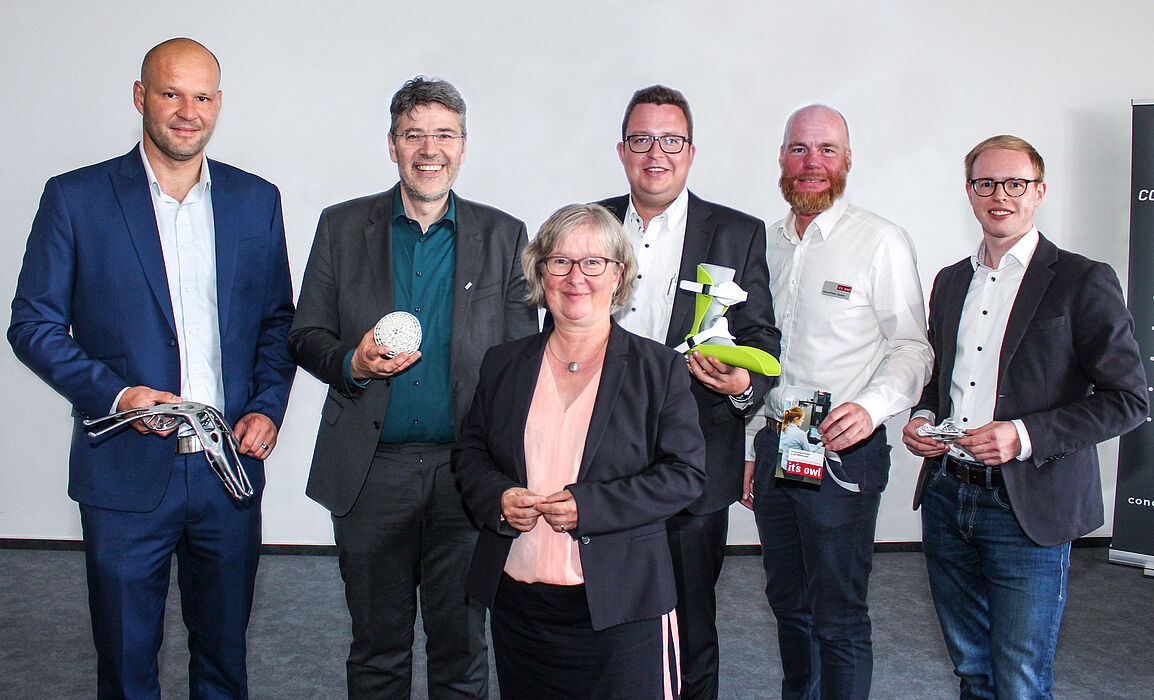Focus on future technologies at the University of Paderborn
Additive manufacturing, also known as 3D printing, was the focus of an event at the University of Paderborn on Tuesday, July 2, at which the newly founded Paderborn Institute for Additive Manufacturing, PIAF for short, was presented. In various lectures and workshops, experts provided information on the potential and application possibilities of trend technology as well as on various funding options.
On behalf of the Executive Committee, Vice President Simone Probst welcomed the guests, most of whom came from industry and business: "The founding of the PIAF as a central scientific unit is due to the great success of the Direct Manufacturing Research Center (DMRC) of our university. We are pleased to be able to present Additive Manufacturing to an even broader public." The DMRC is an interdisciplinary institution of the Faculty of Mechanical Engineering at the University, which conducts research with the aim of improving the use of additive manufacturing processes for the production of end products.
Dr. Christian Lindemann, managing director of the DMRC and the PIAF as well as organizer of the conference, presented the institute and the core technologies. "Patent applications in the field of 3D printing have been increasing rapidly since 2012. The technology of the future enables companies to work more efficiently by, for example, reducing costs, weight and producing without tools, which makes them extremely flexible. At PIAF, not only engineers, but also computer scientists, chemists and scientists from other disciplines work together to advance research and teaching in this field. In addition, there are a number of renowned industrial partners involved in technology and knowledge transfer."
The event also featured success stories from regional SMEs and a spin-off from the University of Paderborn. It's OWL presented the transfer voucher for the promotion of regional companies. The company Condor GmbH Medicaltechnik reported on the successful introduction of the technology in its own company with the help of the transfer voucher. The event was rounded off by a company guideline to the first "printed parts". A tour of the laboratory gave visitors the opportunity to experience the technology live.
The event was organised in cooperation with the technology network it's OWL, an association of all OWL universities, research institutes and around 175 companies.

